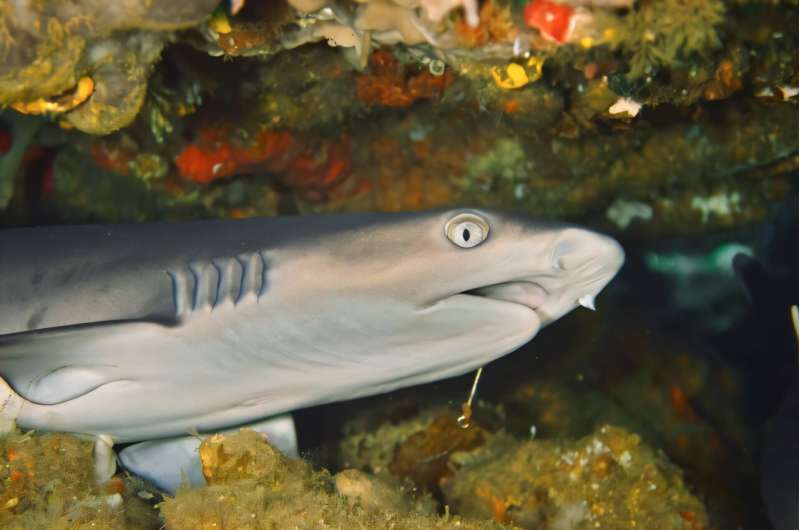
A recent study led by the University of Vienna reveals a significant decline in the biodiversity of sharks and rays over the past 100 million years. This research contradicts earlier beliefs that marine biodiversity for these species was either stable or on the rise. Published in Scientific Reports, the findings highlight critical implications for current marine conservation efforts.
The team, under the direction of paleontologist Manuel A. Staggl, sought to explore how historical environmental factors influenced the diversity of cartilaginous fish, which include modern sharks and rays. Staggl noted that these species have existed for over 400 million years and have survived multiple mass extinction events. Yet, today, more than one-third of neoselachians face the threat of extinction.
To understand the historical context, researchers analyzed extensive fossil records alongside environmental data, including temperature fluctuations, carbon dioxide (CO2) levels, and habitat availability. Their analysis reveals that the biodiversity of sharks and rays peaked around 45 million years ago during the Eocene epoch when global temperatures were significantly higher than today.
Resilience of Sharks and Rays
The study discovered that the mass extinction event caused by an asteroid impact 66 million years ago had a surprisingly minimal effect on sharks and rays, contrary to the devastation experienced by dinosaurs and many other species. “These animals demonstrated remarkable resilience and quickly recovered from the catastrophe,” Staggl explained.
Shallow coastal areas emerged as crucial habitats that fostered the evolution of new species. According to Jürgen Kriwet, head of the Evolutionary Morphology Research Group at the Institute of Paleontology, the diversity of species increased in tandem with the complexity of these shallow marine ecosystems. Unfortunately, these vital habitats now face threats from coastal development, pollution, and climate change.
The role of CO2 in shaping biodiversity was found to be more nuanced than previously understood. Moderate CO2 levels positively influenced the biodiversity of sharks and rays by promoting the growth of algae and seagrass. “This increase in primary productivity benefits the entire marine food chain,” Kriwet stated. However, excessive CO2 levels lead to detrimental impacts on marine ecosystems, a concern amplified by current trends of ocean acidification driven by human activity.
Modern Challenges and Conservation Priorities
The current biodiversity crisis poses unique challenges, as rapid changes in the environment outpace the adaptation capabilities of many species. Staggl emphasized that previous extinctions allowed sharks and rays time to adapt or migrate, but the current pace of change is unprecedented. Highly specialized species, such as deep-sea sharks that thrive in stable, cold waters, are particularly vulnerable to rising temperatures.
The implications of these findings are significant for conservation strategies. Staggl urged that efforts should prioritize the preservation and restoration of diverse coastal habitats while simultaneously addressing the urgent need to reduce CO2 emissions to mitigate ocean acidification. “Marine conservation cannot solely focus on fishing quotas; it requires a comprehensive approach that acknowledges the interconnectedness of habitats and the climate system,” he concluded.
This study not only sheds light on the evolutionary history of sharks and rays but also serves as a crucial reminder of the importance of sustainable practices in marine environments. The research underscores the need for immediate action to protect these ancient creatures and their habitats for future generations.






